Extremely RARE auroras sparked by solar storm captured over India
The Indian Astronomical Observatory captured stunning and rare red auroras in the night sky as a G3-class solar storm hit Earth a few days ago. Know all about this amazing occurrence.
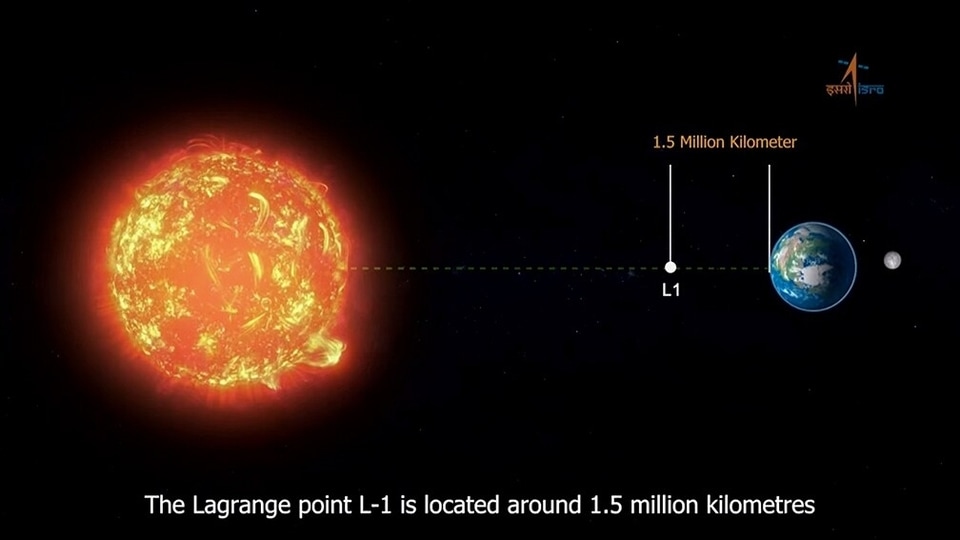
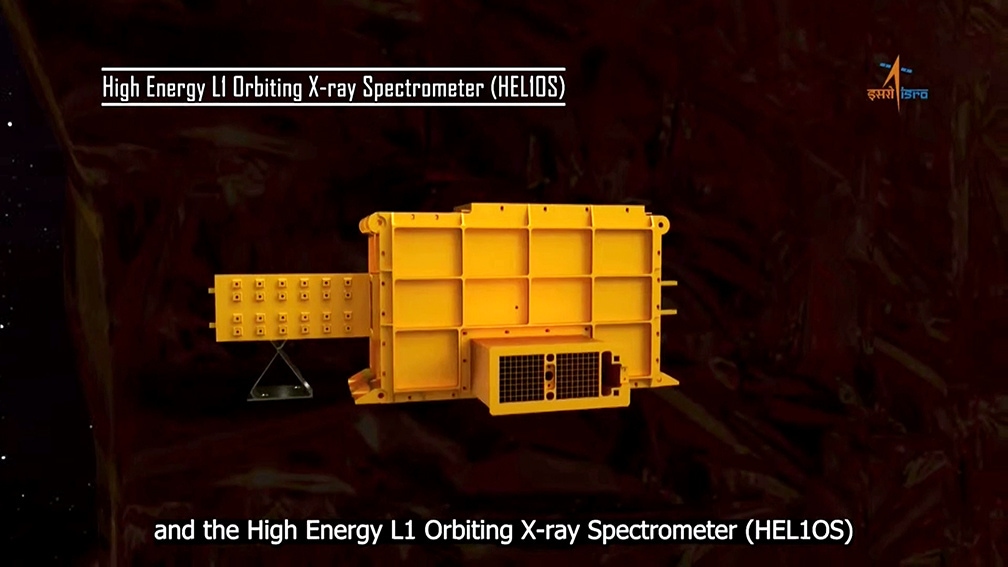
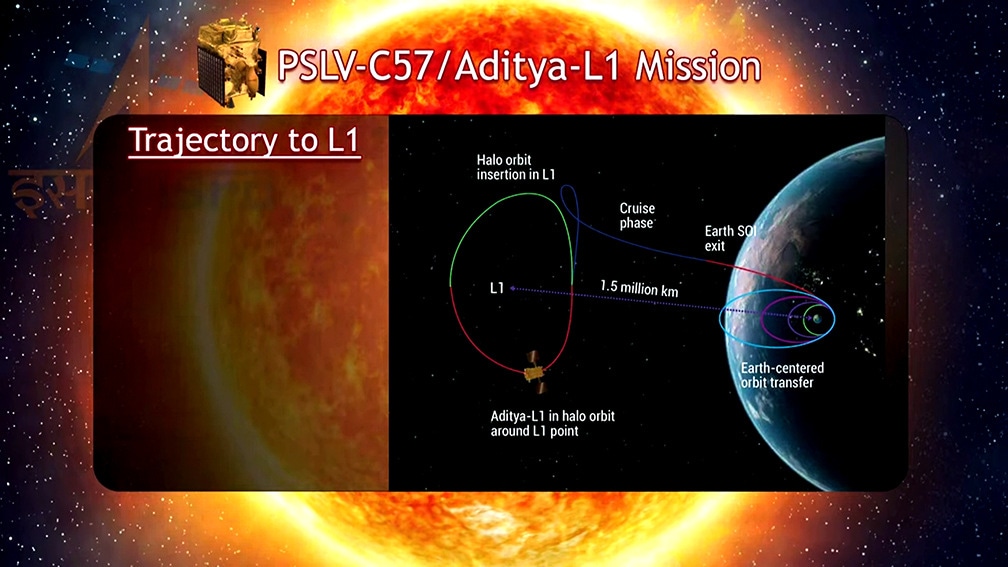
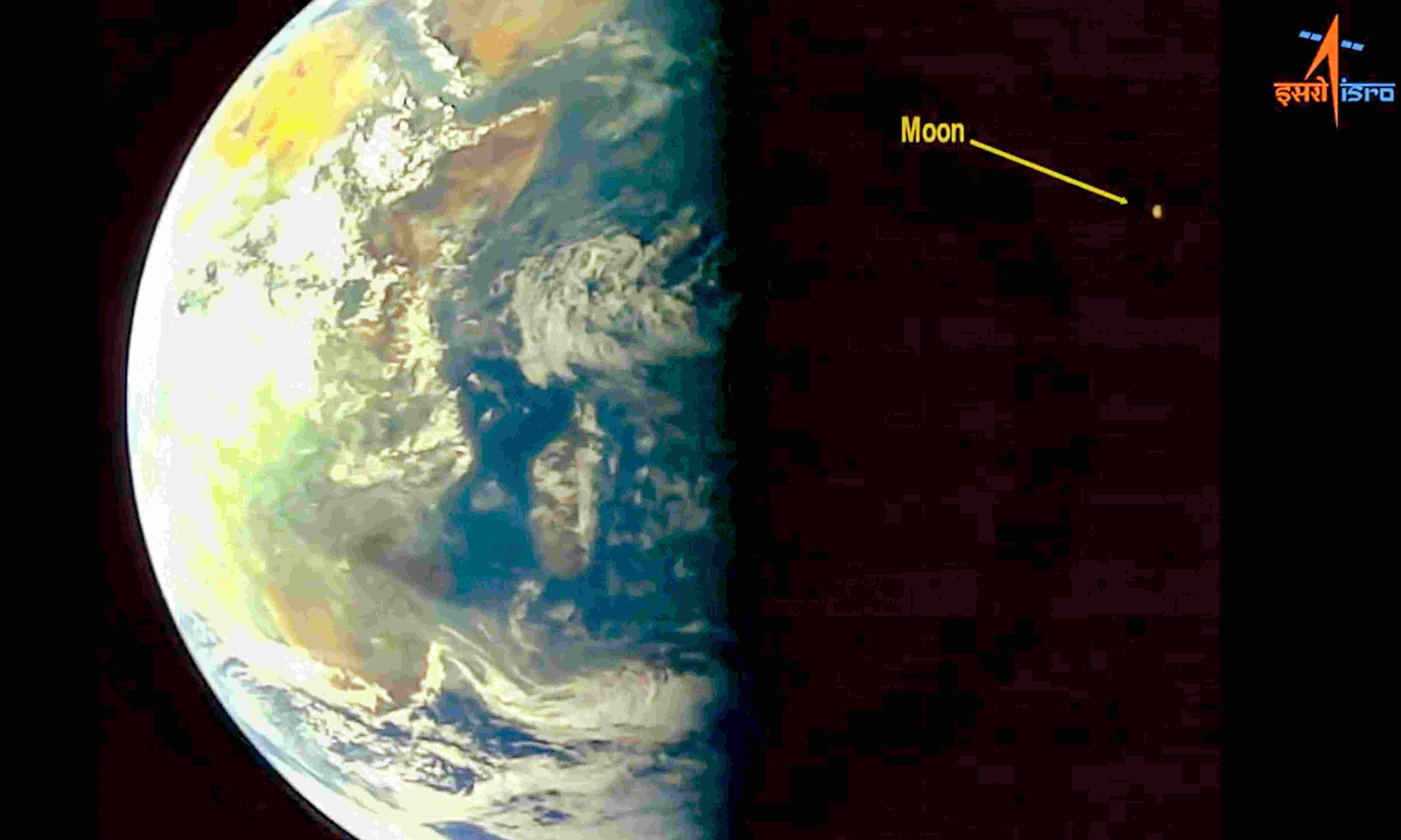
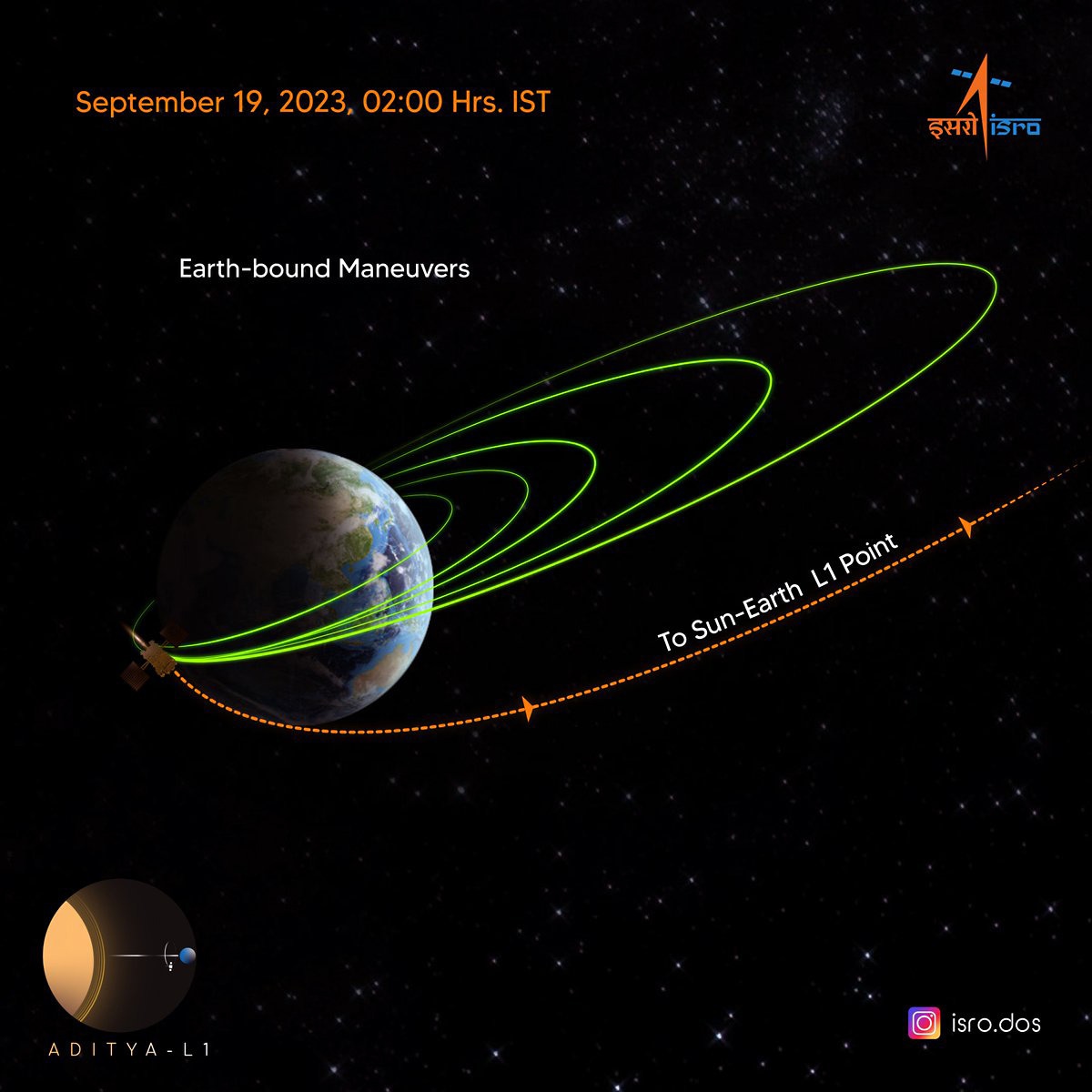
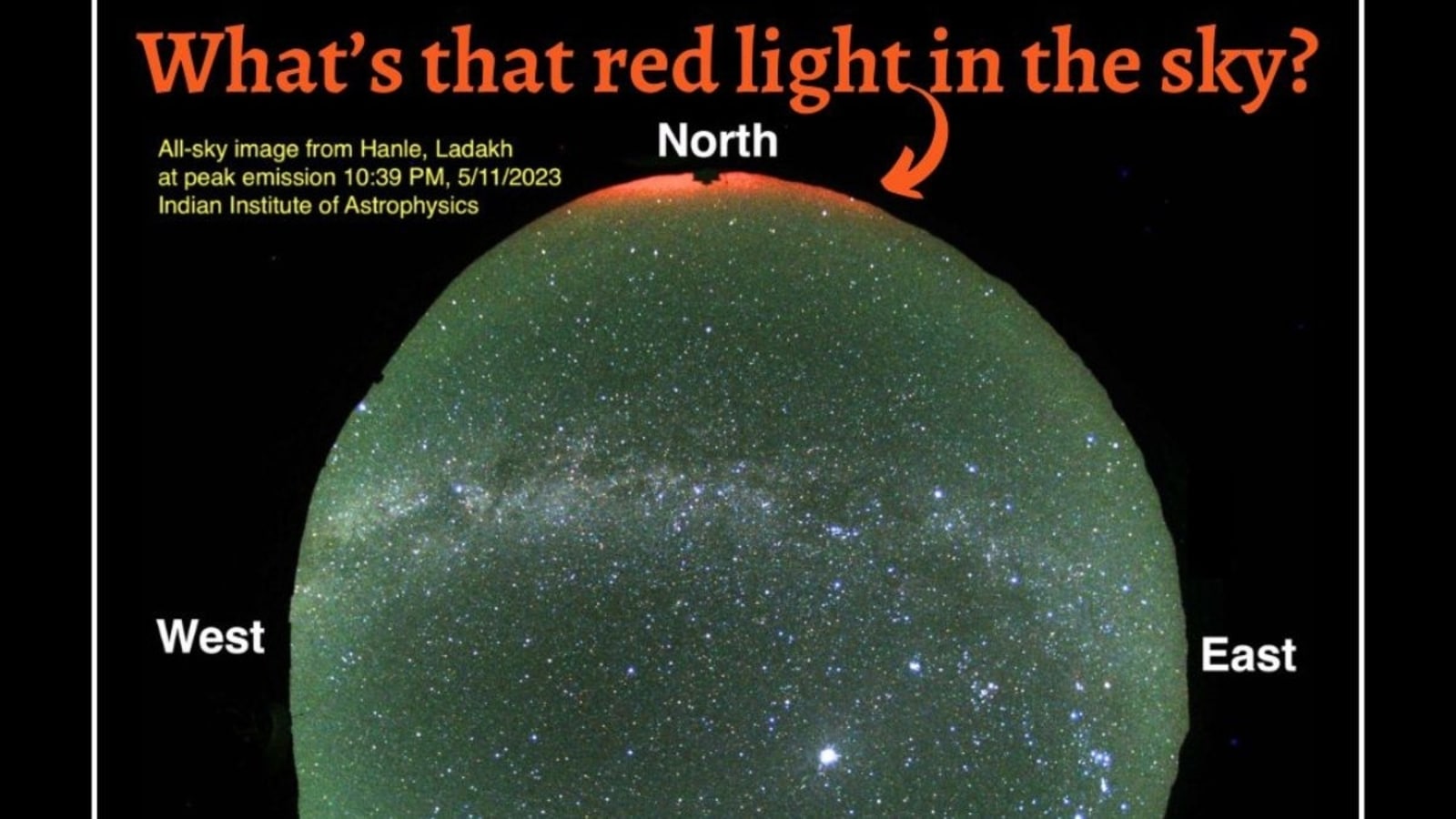
 View all Images
View all ImagesEarth faced a triple threat from CMEs that were hurled out by the Sun on November 5, and 6, and all of them hit the planet. This sparked a dangerous G3-class geomagnetic storm. Interestingly, the effects of the solar storm did not subside until November 7 and in fact it deteriorated just a little to a G2-class storm. Unlike G1 or G2 solar storms which are minor, G3 storms have the potential to cause drag in the upper atmosphere and push smaller satellites around, causing both disruption of signals as well as damage to sensitive instruments. While no such incidents were reported this time, the G3 solar storm caused stunning auroras that were visible in various parts of the world, including in Ladakh, India.
Rare auroras
The Indian Astronomical Observatory (IAO) which is operated by the Indian Institute of Astrophysics in Hanle, captured stunning and rare red auroras on the eve of November 5. The auroral activity kicked off at around 10:00 PM IST and lasted nearly 40 minutes. It was captured by the observatory's All-Sky Camera. It has been attributed to a SAR event, where red streaks of light are seen instead of the usual green-blue lights.
A similar camera in Merak, on the banks of Pangong Tso in Ladakh, also captured this light, though it was limited by higher mountains towards the North.
Why are red auroras special?
Red auroras are much rarer than green auroras because they require a higher level of energy to be produced. These auroras are produced due to the high-altitude oxygen molecules and nitrogen molecules colliding and emitting light in the red part of the spectrum.
Other locations
Astonishingly, Ladakh wasn't the only place to witness this spectacle. Red auroras were also captured in Peru, Tamitha Skov, a renowned space weather physicist who has previously worked with NASA revealed.
Additionally, this rare phenomenon was also visible in parts of Italy, and Slovakia. On the other hand, places as far South as Colorado and Texas witnessed another phenomenon - a purple beam of light known as Strong Thermal Emission Velocity Enhancement (STEVE). It is an optical phenomenon similar to auroras where a purple streak of light is seen in the night sky. It is usually seen in conjunction with an aurora.
Catch all the Latest Tech News, Mobile News, Laptop News, Gaming news, Wearables News , How To News, also keep up with us on Whatsapp channel,Twitter, Facebook, Google News, and Instagram. For our latest videos, subscribe to our YouTube channel.































